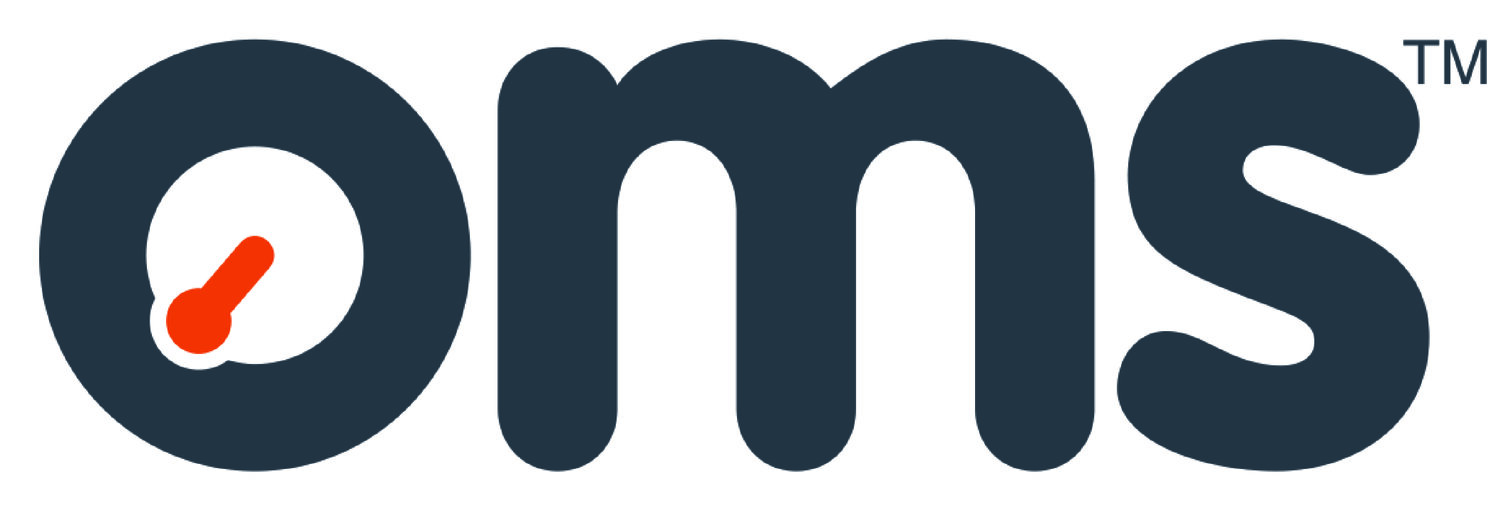Preparing for pipeline installation – what safety steps need to be taken
Installing an oil or gas pipeline, whether subsea, over ground or subterranean, is a complex process requiring a huge amount of preparation. Usually involving several different companies and many hundreds of people, pipeline installation takes a long time, often some years, to complete.
Once installed and operational it is vital that pipelines are fit for carrying oil and gas because the consequences of a leak or rupture are significant. The installation process itself carries a great deal of risk to personnel, the environment and the equipment. Oil and gas companies and regulators have invested significantly in making sure first-class safety measures are in place to protect the people involved in installation and the surrounding ecosystem.
In this article we take a look at some of the steps oil and gas companies must take to prepare for pipeline installation.
Creating a safety-first mindset
Companies that have built a culture of safety that permeates the entire organisation from the top down will be best prepared for pipe installation. Company leaders need to communicate the necessity of putting safety at the heart of everything every employee of the organisation does, from the CEO to the cleaners and drivers. One of the most important early steps is to make sure responsibility for safety has been effectively assigned to a senior member of the leadership team, with policies established, clear procedures to follow, comprehensive training on offer and a transparent reporting structure in place.
People first
The oil and gas industry can be a dangerous one. Between 2011 and 2017 there were 79 fatalities and 3070 non-fatal injuries. Industry operators are focused on keeping their people safe at all stages of the installation process. When preparing for installation this means having rigorous procedures in place, providing good quality equipment that is fit-for-purpose and ensuring every member of the team is fully-trained. Operators must also ensure their contractors and subcontractors are following the same stringent procedures.
Constant training
Although ensuring everyone involved is fully-trained is an essential safety step before installing a pipeline, organisations where training is a constant part of working life will be best prepared for all operations.
Preparing the environment
When a pipeline is being designed comprehensive surveys of the terrain or seabed are undertaken to ensure suitability. Before installation further surveys are taken to confirm the data gathered previously. Coarse gravel may be placed on the seabed to steady the base for subsea pipes and trenches may need further excavation or stabilisation.
Inspection and pre-commission testing
The oil and gas industry is covered by a vast number of international standards, codes and regulations. Before installation begins operators (and their contractors and subcontractors) must ensure their equipment, processes and personnel all meet the required standards.
Inspection, often by third-party companies, takes place at every stage of the process from pipe fabrication to coating to on-site welding to certify the future integrity of the pipeline. Once the pipes are in place and welded together hydrostatic pressure testing will be carried-out to make sure there are no cracks or leaks before final installation.
Emergency preparations
Having taken all the necessary safety steps beforehand pipeline installation should proceed smoothly. However, when working in difficult environments with multiple companies, many people and heavy equipment there is always the potential for something to go wrong. Making preparations for emergencies is always important. Companies must put plans in place that will minimise injury and environmental damage and restore normal operations as quickly as possible.
Third-party inspection services
OMS offers a variety of pipeline inspection products and services. To find out more about what we do click here.
Find this article useful? Sign up for more here!
Posted 11.12.19
[5 minute read]
